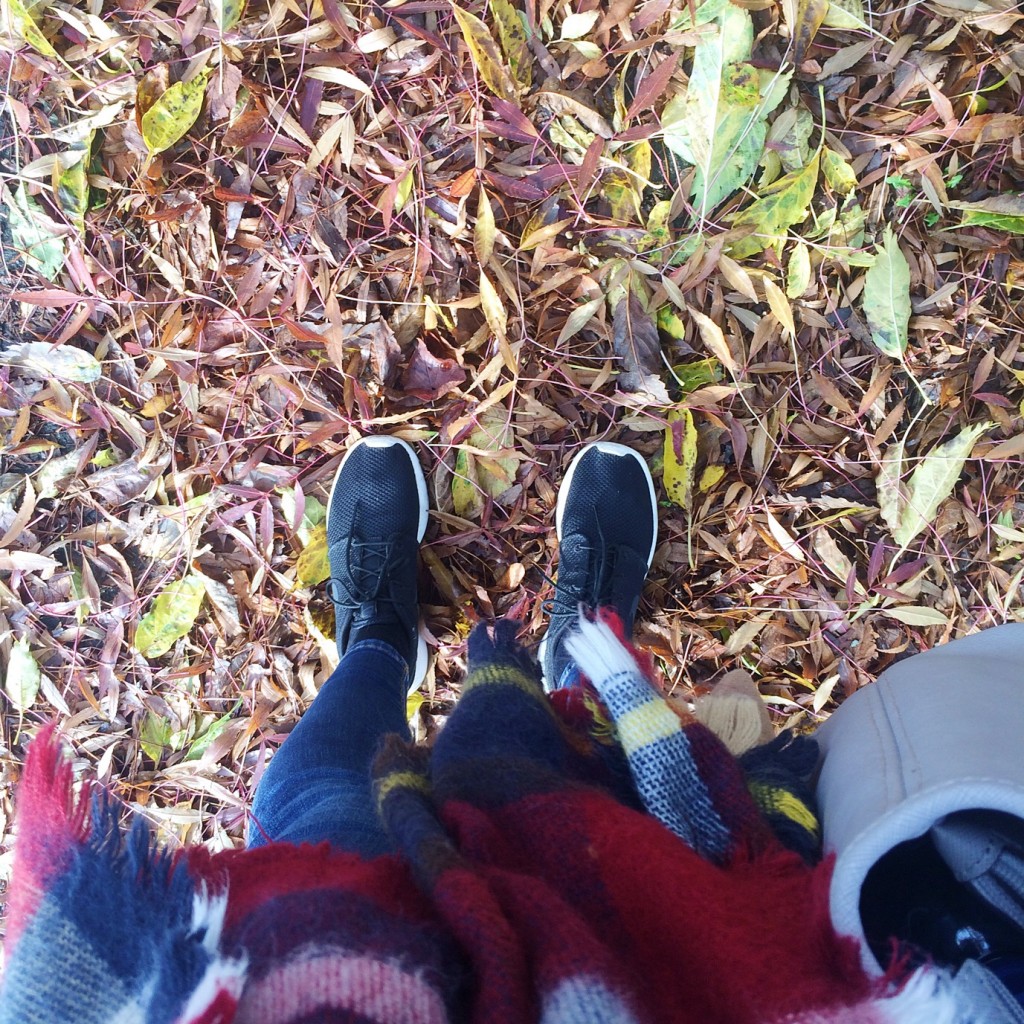Today’s post is quite different to what usually goes up around here, but I thought that it was an important issue to share.
I wrote a piece for my college newspaper about SAD, Seasonal Affective Disorder, because I noticed that I was starting to recognise some of the symptoms in myself. I hope this piece might help to inform anyone else who’s feeling that way, or maybe you could help a friend if you think they might be going through this.
It’s easy to begin feeling down during the colder, darker months, so be sure to look after yourself and know when to talk to a friend or get help, it’s totally normal and nothing to be ashamed of.
“If you find that in winter your mood starts to drop along with the temperature, it might just be more than a case of the “winter blues”.
Seasonal Affective Disorder is a type of depression that most commonly occurs during the colder months. It is thought that the shorter days, and therefore less exposure to sunlight, causes the onset of SAD during autumn and winter.
Symptoms of SAD can include lack of energy, irritability, lack of interest in everyday activities, feelings of despair and changes in your weight and appetite.
The main theory for the cause of SAD is that the lack of sunlight may stop the hypothalamus of the brain from functioning properly. This change may affect the production of melatonin, serotonin and your body’s biological clock.
Melatonin, “the sleep hormone”, plays a role in your sleep cycle. During winter the body may produce higher than normal levels of melatonin, making you feel sleepy.
Levels of serotonin, known as “the happy hormone”, may drop in winter due to lack of sunlight, leading to a drop in your mood.
As for your body’s internal clock, the dark mornings and shorter daylight hours may disrupt your sleep cycle, creating feelings of lethargy and tiredness.
While it’s normal to have off days, it’s when these feelings of unhappiness and despair become persistent that you need to take action.
The NHS estimates that approximately 1 in 15 people in the UK are affected by SAD between September and April, and it has been found that the disorder is more common in women than men.
If you experience symptoms of SAD, it is recommended that you visit your GP for the best advice and treatment for you.
However, there are a few things that you can do to help yourself, such as getting out and about, exercising and making the most of the natural light. Talk to friends and family about how you’re feeling, go for a walk and be sure to eat well. And of course, a cup of tea nearly always helps.”
